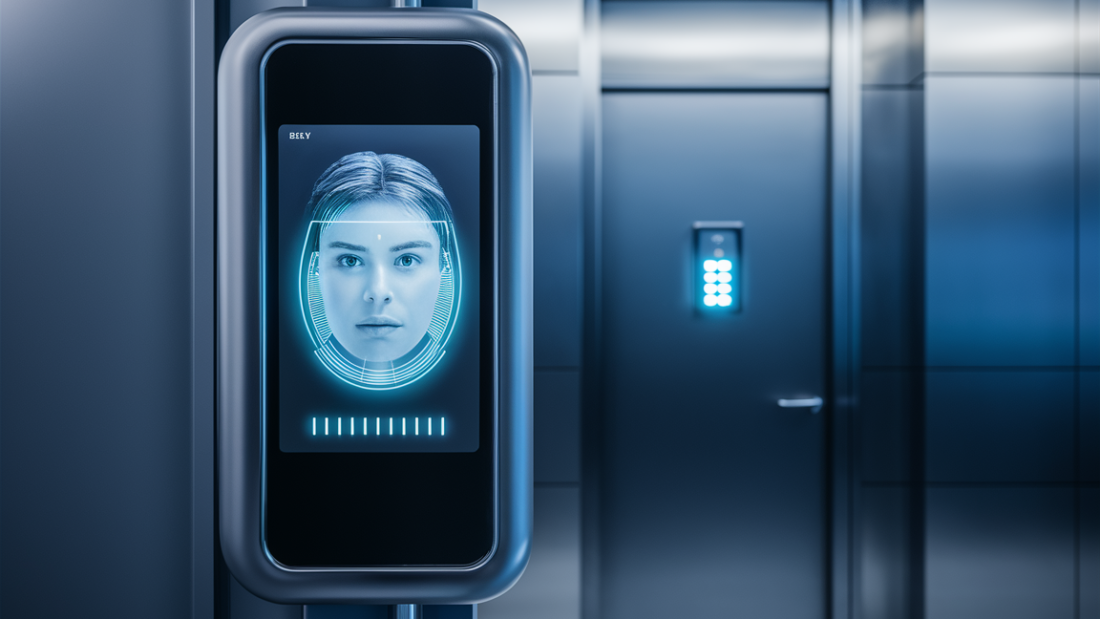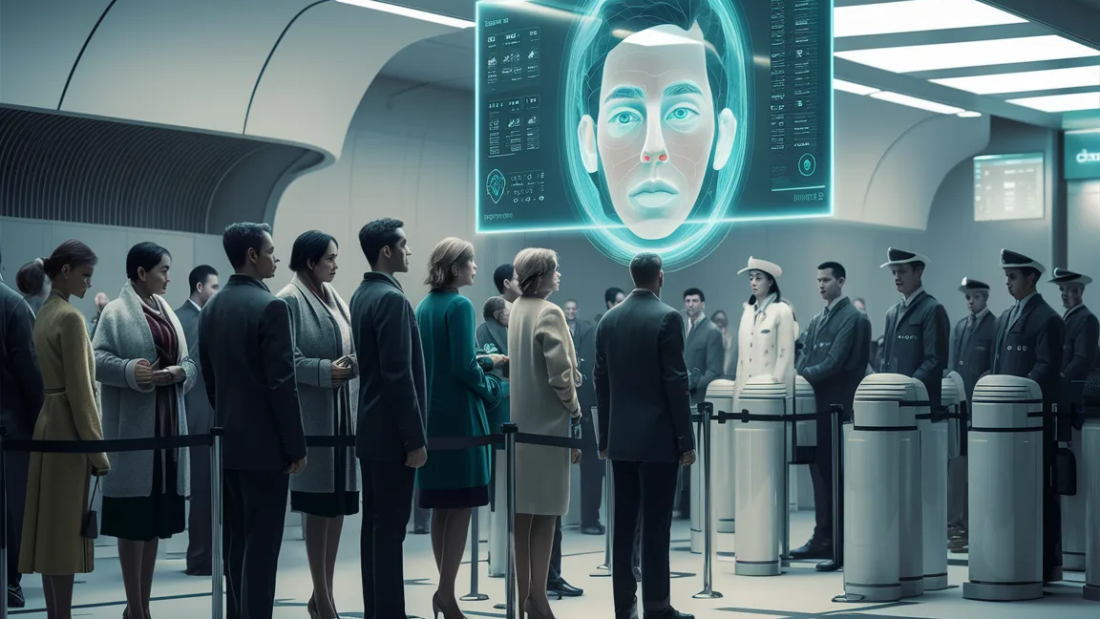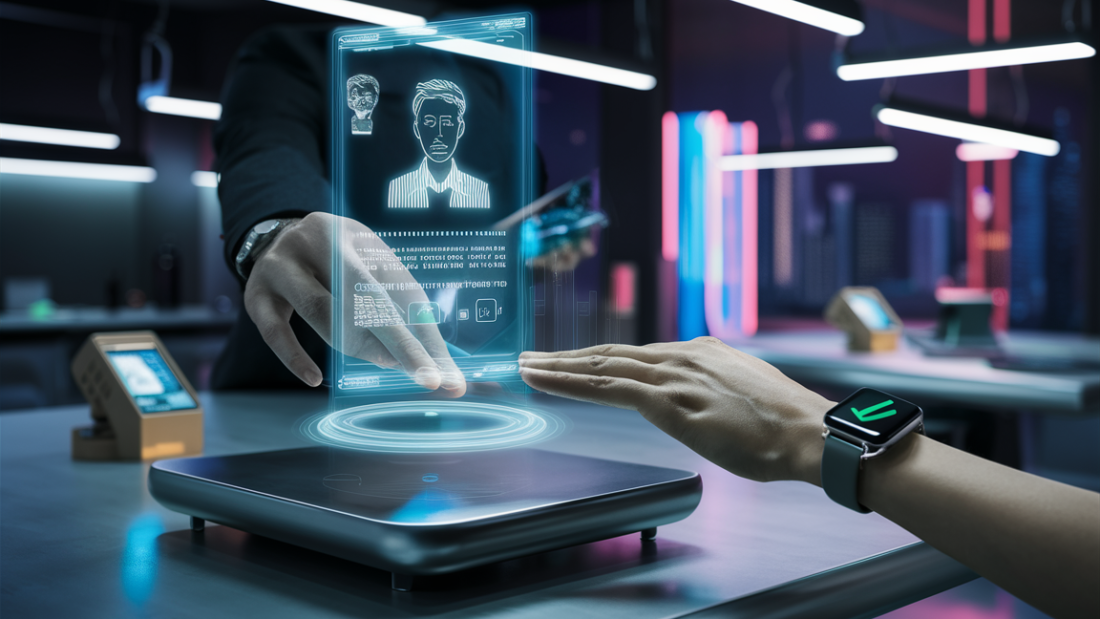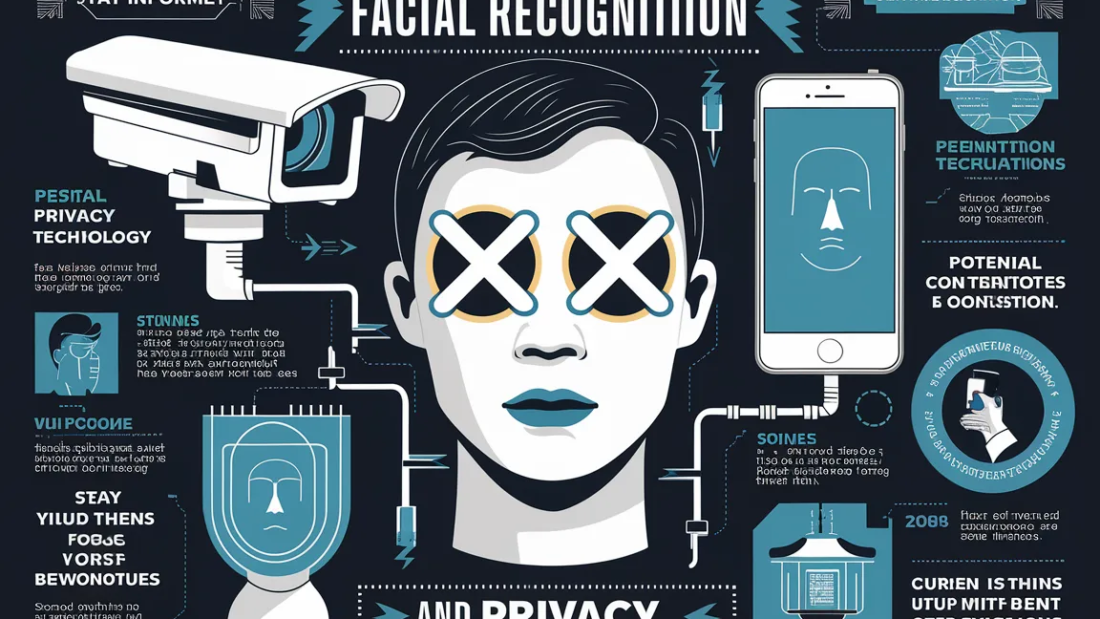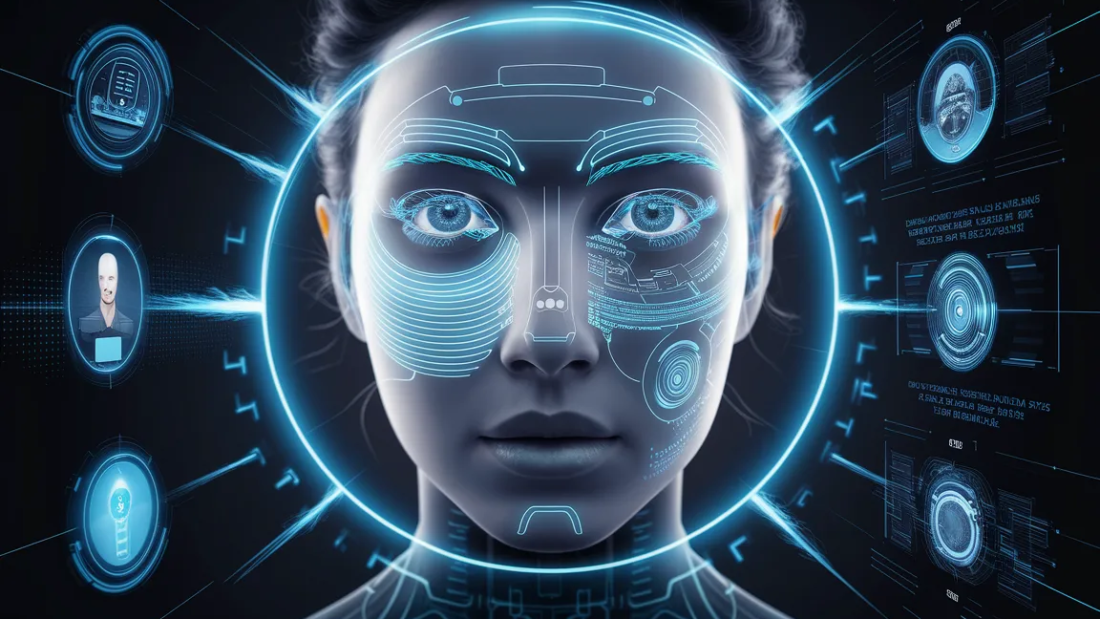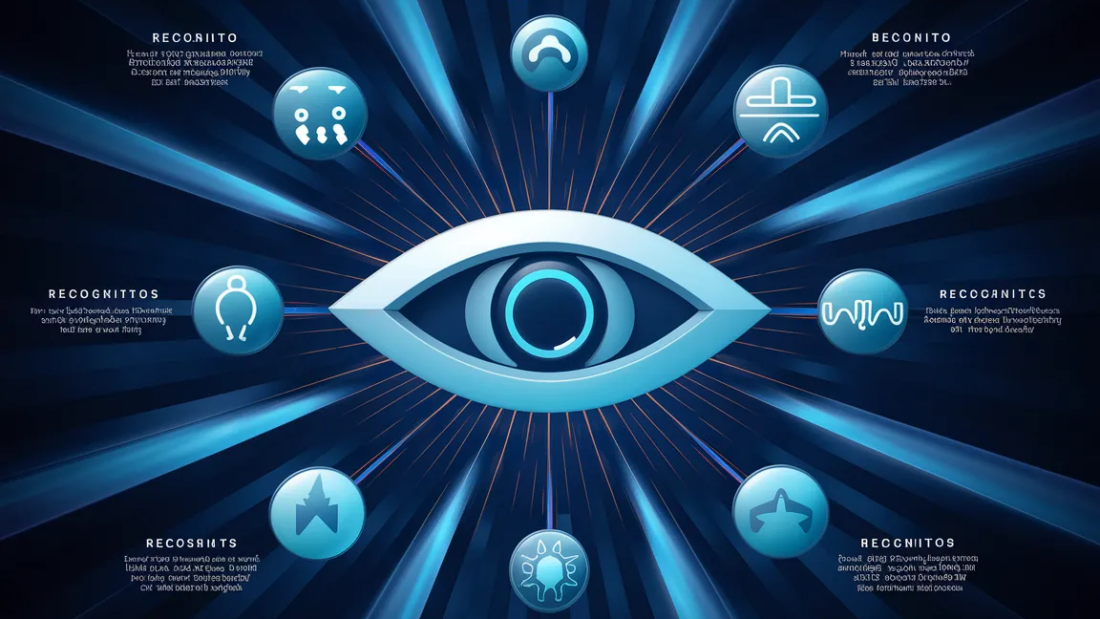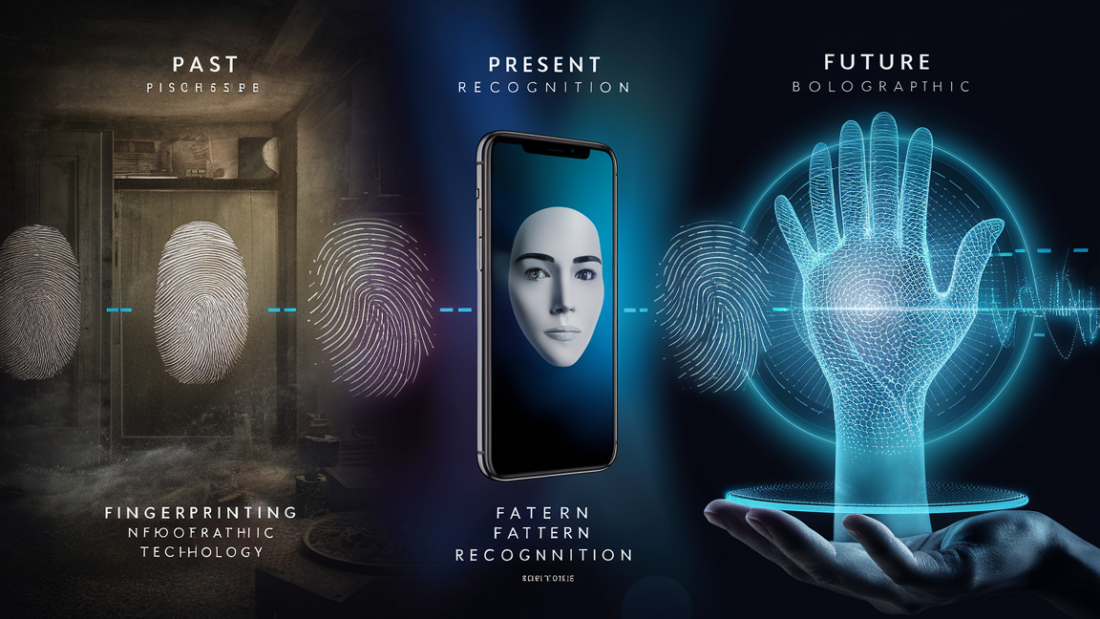Face recognition technology has revolutionized the way we interact with our devices and secure our information. From unlocking smartphones to enhancing security systems, this cutting-edge innovation is reshaping various industries. With roots tracing back to the 1960s, face recognition has evolved significantly over the decades, now offering faster and more accurate identification capabilities than ever before. As advancements continue to push boundaries, the applications of face recognition are becoming increasingly widespread, from law enforcement to retail and beyond.
Key Takeaways
Implement Ethical Guidelines: When deploying facial recognition technology, ensure ethical considerations are prioritized to maintain customer trust and privacy.
Explore Diverse Applications: Beyond security, consider utilizing facial recognition in retail for enhancing customer service and personalizing experiences.
Embrace Responsible Innovation: Balance technological advancements with ethical practices to create a positive and trustworthy in-store experience for customers.
Prioritize Privacy: Address concerns about data privacy by implementing robust security measures and transparent policies regarding facial recognition technology.
Enhance Customer Experience: Use facial recognition technology to improve customer service, streamline processes, and create a more personalized shopping experience.
Stay Informed on Regulations: Keep updated on evolving regulations and best practices surrounding facial recognition to ensure compliance and responsible use of the technology.
Evolution of Facial Recognition
Origins
Facial recognition can be traced back to the 1960s when it emerged as a computer application for identifying human faces. This early development laid the groundwork for the sophisticated systems we see today.
DARPA and ARL Advancements
DARPA (Defense Advanced Research Projects Agency) and ARL (Army Research Laboratory) played crucial roles in advancing automatic face recognition capabilities. Their research and funding significantly contributed to the evolution of facial recognition technology.
Deployment in DMV Offices
The initial deployment of facial recognition systems took place in DMV (Department of Motor Vehicles) offices across the United States. This implementation aimed to enhance security measures and streamline identification processes for driver’s licenses and identification cards.
Key Techniques and Technologies
Face Recognition Steps
Facial recognition systems involve four essential steps: face detection, alignment, feature extraction, and matching. Face detection locates faces within an image using algorithms like Viola-Jones or CNNs. Alignment adjusts the detected face to a standard position for consistent analysis.
Feature extraction identifies unique facial features like eyes, nose, and mouth. This step converts the face into a mathematical representation for comparison. Finally, matching compares the extracted features with those in the database to identify the individual.
Geometric vs. Photometric Recognition Algorithms
Geometric algorithms focus on the spatial relationships between facial features for identification. They measure distances between key points on the face to create a unique template for each individual. On the other hand, photometric algorithms analyze the light patterns reflected from the face.
While geometric techniques are robust against lighting changes, photometric methods are sensitive to illumination variations. Geometric approaches excel in scenarios where precise feature alignment is crucial, such as security applications.
Advanced Techniques for Enhanced Accuracy
In recent years, advancements in facial recognition have introduced cutting-edge techniques like face hallucination and 3D face recognition to improve accuracy. Face hallucination enhances low-resolution images by generating high-resolution versions based on learned facial patterns.
On the other hand, 3D face recognition captures depth information along with texture details to create a more comprehensive facial model. This technique overcomes challenges posed by variations in pose and lighting conditions that traditional 2D methods struggle with.
Pros of Geometric Algorithms:
- Robust against lighting changes
- Ideal for scenarios requiring precise feature alignment
Cons of Photometric Algorithms:
- Sensitive to illumination variations
- Less effective in situations with inconsistent lighting conditions
Steps in Facial Recognition Systems:
- Face detection
- Alignment
- Feature extraction
- Matching
Types of Recognition Algorithms:
- Geometric: Spatial relationships between features
- Photometric: Analysis of light patterns reflected from faces
Applications Beyond Security
Human-Computer Interaction
Facial recognition technology has transformed human-computer interaction by enabling seamless authentication processes. Users can now unlock devices or access secure information with just a glance, enhancing convenience and security.
This technology also personalizes user experiences by adapting interfaces based on facial expressions and emotions. It enables computers to recognize emotions like joy or frustration, leading to more tailored interactions and improved user satisfaction.
Employment Decisions
Facial recognition plays a crucial role in employment decisions, streamlining the hiring process and enhancing workplace security. Employers can use this technology for efficient candidate screening, verifying identities, and monitoring employee attendance.
By analyzing facial features during interviews, employers can gain insights into candidates’ emotional intelligence and personality traits. This aids in making informed hiring decisions that align with organizational culture and values.
Video Surveillance Integration
The integration of facial recognition in video surveillance systems has revolutionized security measures across various sectors. It allows for real-time identification of individuals in crowded spaces, improving public safety and crime prevention efforts.
Law enforcement agencies leverage this technology to track suspects, locate missing persons, and enhance overall situational awareness. The accuracy and efficiency of facial recognition systems have significantly boosted investigative capabilities.
Passenger Screening Enhancement
Facial recognition is reshaping passenger screening processes at airports and border checkpoints worldwide. It expedites traveler verification procedures, reducing wait times while maintaining high levels of security standards.
Airports utilize facial recognition to automate check-in processes, verify identities at security checkpoints, and enhance border control operations. Passengers benefit from quicker processing times and enhanced travel experiences through streamlined procedures.
Automatic Image Indexing
Facial recognition technology is revolutionizing automatic image indexing by categorizing photos based on recognized faces. This simplifies photo organization for users, allowing them to easily search for specific individuals across vast photo collections.
Deploying Facial Recognition in Retail
Implementation Details
Facial recognition technology is implemented in retail by installing cameras at strategic locations within the store. These cameras capture facial features of customers, which are then processed by algorithms to identify individuals.
Retailers use facial recognition to analyze customer behavior, track movements, and personalize shopping experiences based on past purchases or preferences. This technology enables stores to offer tailored recommendations and promotions, enhancing the overall shopping experience.
Benefits of Targeted Marketing
One significant benefit of using facial recognition in retail is the ability to target marketing efforts effectively. By analyzing customer demographics and preferences, retailers can create personalized marketing campaigns that resonate with their target audience.
Another advantage is the enhanced customer engagement through personalized interactions. For instance, when a loyal customer enters the store, staff can receive real-time notifications with information about the customer’s preferences, allowing for a more personalized and attentive service.
Challenges and Considerations
Despite its benefits, deploying facial recognition technology in retail comes with privacy concerns. Customers may feel uneasy knowing that their every move is being tracked and analyzed. Retailers must be transparent about their use of this technology to build trust with customers.
Another challenge is data security. Storing sensitive biometric data poses risks such as data breaches or misuse. Retailers need robust security measures in place to protect this information from unauthorized access or cyber threats.
Pros and Cons
Pros:
- Personalized customer experiences
- Targeted marketing strategies
- Improved customer engagement
Cons:
- Privacy concerns
- Data security risks
Enhancing Customer Service Ethically
Personalized Interactions
Facial recognition technology enables businesses to provide personalized interactions by identifying customers as soon as they enter a store. This allows staff to greet them by name and offer tailored recommendations based on their purchase history. By analyzing facial expressions, companies can also gauge customer satisfaction levels in real-time, enabling immediate assistance if needed.
Ethical Considerations
Ethical considerations surrounding facial recognition in customer service revolve around privacy concerns and data security. Customers may feel uncomfortable knowing their faces are being scanned and stored for future use without their explicit consent. There is a risk of data breaches leading to unauthorized access to sensitive information, raising questions about the protection of personal data in such systems.
Successful Implementations
- Amazon Go: The cashier-less convenience store utilizes facial recognition to track customers’ movements and purchases seamlessly. This enhances the shopping experience by eliminating checkout lines and streamlining the payment process.
- Delta Air Lines: Delta has implemented facial recognition technology at airports for faster check-ins and boarding processes. Passengers can simply scan their faces instead of presenting boarding passes, reducing wait times and improving overall travel efficiency.
Addressing Privacy and Trust Concerns
Transparency in Data Handling
Facial recognition technology has sparked concerns over privacy and data security. To address this, companies must prioritize transparency in handling facial recognition data. By clearly outlining how data is collected, stored, and used, trust can be fostered with consumers.
Ensuring that users are aware of when and how their data is being utilized is crucial for maintaining ethical practices. Companies should provide clear information on the purposes of data collection and seek explicit consent from individuals before using their facial data. This approach not only upholds privacy standards but also builds a foundation of trust with customers.
Consent and Control
Empowering users with greater control over their facial recognition data is key to addressing privacy concerns. By implementing features that allow individuals to manage their data preferences, such as opting out of certain uses or deleting stored information, companies can demonstrate a commitment to user autonomy. This level of control enhances transparency and gives users a sense of agency over their personal information.
Offering options for users to customize their privacy settings can help alleviate fears surrounding data misuse. Providing clear instructions on how individuals can adjust their settings and revoke consent if desired promotes a sense of accountability within companies utilizing facial recognition technology.
Building Trust through Accountability
To build trust with consumers, companies must prioritize accountability in their use of facial recognition technology. Establishing robust policies for data protection and regularly auditing compliance measures can instill confidence in users regarding the security of their information. By openly communicating these efforts to the public, organizations can showcase their commitment to safeguarding user privacy.
Implementing mechanisms for feedback and redress further reinforces the notion of accountability. Allowing users to report concerns or issues related to facial recognition technology creates a channel for dialogue, enabling companies to address grievances promptly and transparently. This proactive approach demonstrates a willingness to listen to user feedback and adapt practices accordingly.
Balancing Tech Innovation with Ethics
Ethical Dilemmas
Facial recognition technology poses ethical dilemmas, especially in industries like law enforcement and marketing. Privacy concerns arise due to the potential misuse of biometric data for surveillance or targeted advertising.
The integration of facial recognition in law enforcement raises questions about civil liberties and personal freedoms. The use of this technology can lead to bias and discrimination, impacting marginalized communities disproportionately.
In marketing, the ethical implications revolve around consumer consent and data protection. Companies must ensure transparency in how they collect and use facial data to build trust with their customers.
Importance of Ethical Frameworks
Establishing clear ethical frameworks is crucial to guide the development and deployment of facial recognition technology. These frameworks should address consent, transparency, and accountability.
Regulations play a vital role in ensuring that facial recognition is used responsibly. Countries like the European Union have implemented the General Data Protection Regulation (GDPR) to protect individuals’ data privacy rights.
Ethical considerations are essential for fostering public trust in facial recognition systems. By prioritizing ethics, companies can demonstrate their commitment to responsible innovation and respecting user rights.
Benefits of Ethical Guidelines
- Promote fair and unbiased use of facial recognition technology.
- Safeguard individuals’ privacy rights and prevent unauthorized data collection.
- Enhance transparency and accountability in the development and deployment processes.
Future of In-Store Experience with AI
Personalized Interactions
AI-driven facial recognition technology is revolutionizing the in-store shopping experience, offering personalized interactions based on customer preferences and behaviors. This innovation allows retailers to tailor their services to individual needs.
Retailers can utilize facial recognition to identify loyal customers as they enter the store, providing personalized recommendations and exclusive offers based on past purchases and browsing history. This level of customization enhances customer satisfaction and loyalty.
Seamless Shopping Experiences
By integrating AI technologies like facial recognition into their operations, retailers can create seamless shopping experiences. Customers can enjoy a frictionless journey from browsing products to making purchases, streamlining the entire process.
Imagine a scenario where a customer walks into a store, and facial recognition software immediately identifies them, retrieves their online shopping cart, and guides them to the relevant aisles. This level of convenience not only saves time but also enhances the overall shopping experience.
Enhanced Security Measures
In addition to personalization and convenience, facial recognition technology offers enhanced security measures in retail environments. By accurately identifying individuals, stores can prevent theft, monitor suspicious activities, and ensure a safe shopping environment for customers.
Moreover, by analyzing facial expressions and reactions, retailers can gauge customer satisfaction levels in real-time. This data enables them to make instant adjustments to improve service quality and meet customer expectations effectively.
Encouraging Responsible Tech Use
Business Initiatives
Businesses play a crucial role in advocating for responsible tech use by implementing robust privacy measures. They can prioritize transparency in data collection and usage, ensuring customer consent.
Taking steps to secure facial recognition data and regularly auditing systems can enhance trust among consumers. Companies need to prioritize the protection of user information.
Policy Regulations
Policymakers must establish clear guidelines for the ethical deployment of facial recognition technology. They should ensure that laws are in place to protect individuals’ privacy rights.
Regulations should address potential biases in facial recognition algorithms and promote diversity and inclusion. Policymakers need to collaborate with experts to develop comprehensive frameworks.
Ethical Considerations
Ensuring the ethical use of facial recognition involves considering the implications on individual privacy and civil liberties. It’s essential to prioritize consent and data protection principles.
Implementing mechanisms for accountability and oversight can mitigate risks associated with facial recognition technology. Transparency about system capabilities is key to building public trust.
Summary
You’ve delved into the evolution, techniques, and ethical considerations of facial recognition technology. From its humble beginnings to its widespread applications in various industries, you’ve witnessed how this tech marvel has transformed the landscape of security and customer service. By exploring the delicate balance between innovation and ethics, you’ve gained insight into the crucial role of responsible tech deployment.
As you navigate the future of AI in retail, remember to prioritize ethical practices and user trust. Embrace the potential of facial recognition while remaining vigilant about privacy concerns. Your commitment to responsible tech use will not only shape the in-store experience but also contribute to a more secure and customer-centric environment. Stay informed, stay ethical, and pave the way for a tech-savvy future.
Frequently Asked Questions
What are the key techniques used in facial recognition technology?
Facial recognition technology employs techniques like geometric analysis, skin texture analysis, and deep learning algorithms to identify unique facial features. These methods help in accurate face detection and matching processes.
How is facial recognition technology being applied beyond security purposes?
Facial recognition technology is expanding into various sectors such as retail, healthcare, and banking for tasks like personalized marketing, patient identification, and secure transactions. Its versatility goes beyond security to enhance customer experiences.
How can businesses ethically deploy facial recognition in retail settings?
Businesses can ensure ethical deployment by obtaining clear consent from customers, prioritizing data security, and being transparent about how the technology is used. Implementing strict privacy policies and regular audits also contribute to ethical practices.
What measures can be taken to address privacy concerns related to facial recognition technology?
To address privacy concerns, companies should anonymize data storage, provide opt-out options for individuals, conduct regular privacy impact assessments, and comply with existing data protection regulations. Transparency and user control are crucial in building trust.
How can retailers balance technological innovation with ethical considerations when implementing facial recognition systems?
Retailers can achieve this balance by prioritizing customer consent and data protection while leveraging facial recognition technology for improving service efficiency and personalization. It’s essential to align innovation with ethical standards to build trust and credibility with consumers.

